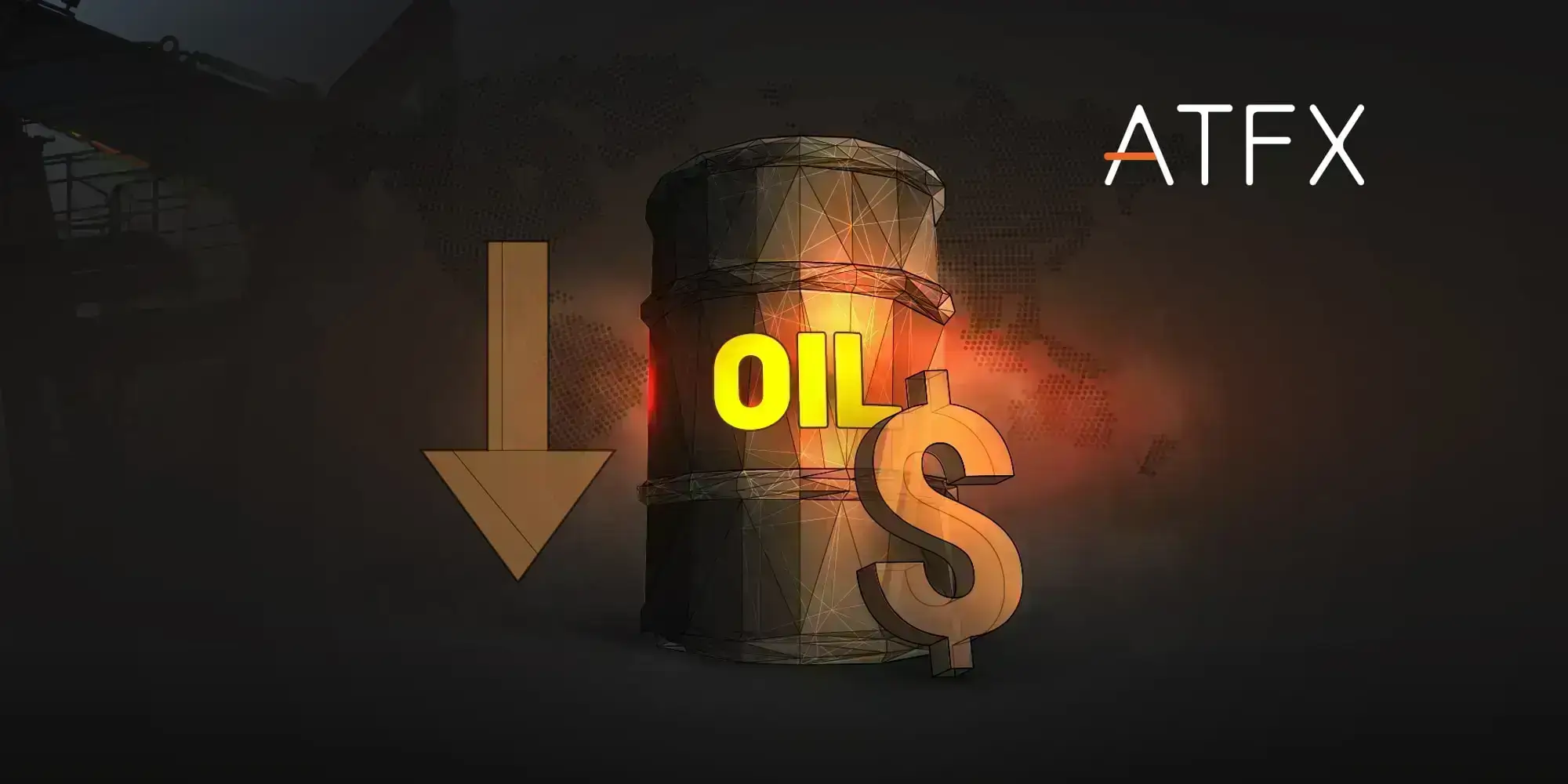USOIL prices returned above $90 per barrel during the Asian session today after staying below this level for over two weeks. The previous fall in oil prices resulted from increased oil production and supply by OPEC after the leader charged the members to increase their production in the last two months to contain the oil shortage due to the Russian oil blockades. The oil-producing countries making up OPEC have responded by increasing their oil production, which has helped bring down oil prices across the globe. Hence, we saw WTI create a new low at $85.45 earlier in August.
However, amidst the increased output in the oil supply, Saudi Arabia has warned that the current increased supply is not backed by any fundamental factors and, therefore, it is necessary for OPEC to cut the increased supply to stabilise the oil price.
Speaking on this development, the Saudi Arabian oil minister, Prince Abdulaziz bin Salman, stated:
“Futures prices don’t reflect the underlying fundamentals of supply and demand, which may require the group to tighten production when it meets next month to consider output targets.”
Consequently, he sees the need for OPEC and its allies (OPEC+) to cut the current oil production level, as no fundamental factor exists to match the supply. Thus, failure to do so could lead to a price crash for the oil market. In his words:
“Being witness to this recent harmful oil volatility will disrupt basic market functions and undermine market stability, which will only strengthen our resolve.”
Another essential consideration mentioned by the Saudi Arabian oil minister on why OPEC must move to cut the supply level of oil is the current nuclear deal between the US and Iran, which, as the US Department of State noted earlier, is now closer to a conclusion with a headwind for oil production.
Once finalised, according to the oil minister, the current nuclear deal could return Iran—hitherto sanctioned for producing oil—into an oil-producing country. further increasing the oil supply level in the market, which could crash oil prices.
The call on OPEC to cut the oil supply level has triggered more buyers who hoped to see oil prices rise again and return to their previous high. Hence, the buying volume of oil increased significantly today, pushing the price of WTI to $91.22 and Brent to $96.78. The bulls are rising above this level, with investors hoping for more gains.
Above all, analysts believe that OPEC will likely respond positively to this request and cut the supply of oil to maintain price stability and avoid future price crashes for oil.
The increasing fears of a global recession have made it urgent for OPEC to cut the oil supply.
Oil futures will largely depend on OPEC’s decision to cut or maintain the current oil supply level during its next session.
Forecast for WTI and Brent
WTI was rejected at the level of resistance at $91.19 during the Asian session today. The bulls need to break above this level for the price to increase. A break above this level could trigger more buys and push the price higher to the next resistance level at $94.10.
On the contrary, should WTI fail to hold above the daily support level at $90.38, we can expect a retest of the lower support at $89.40. A break below this level could trigger more downside up to the previous low at $86.17.
Similarly, Brent faced strong resistance at $96.74. The price has been pushed down to $96.34. Until this resistance is broken, we can be more convinced that the bulls are in charge. The next target after it will be $98.59.
Nonetheless, should Brent fail to hold above its daily support at $96.01, we can expect more downside up to the support at $95.10. A break below it could trigger more downside up to the previous low at $92.04.


